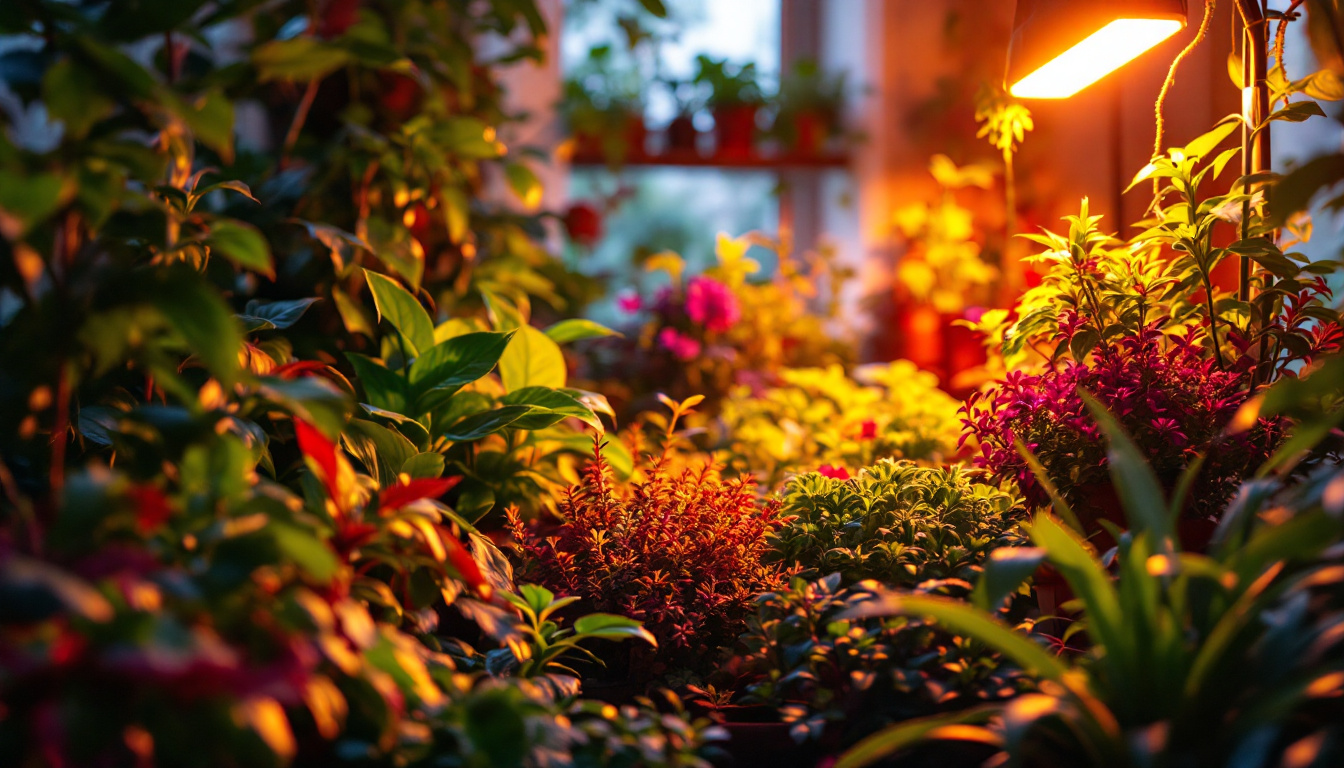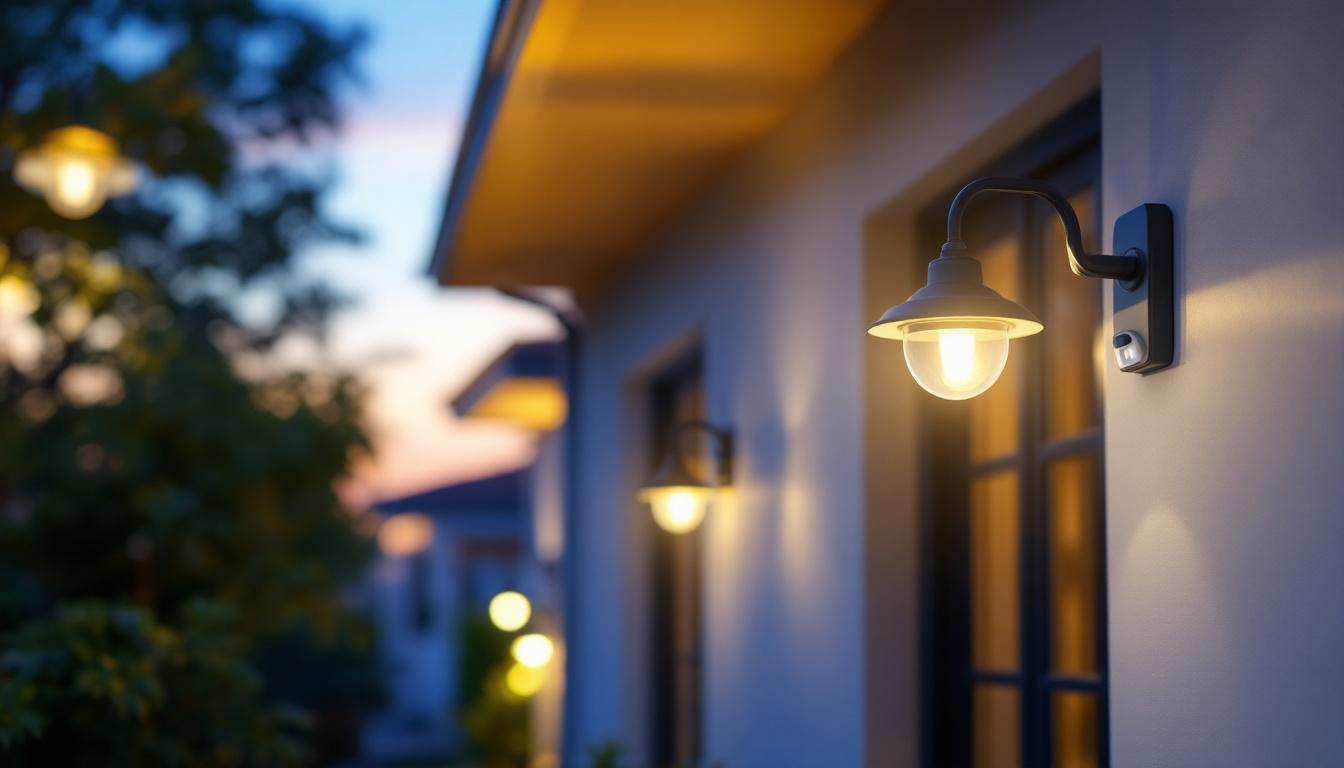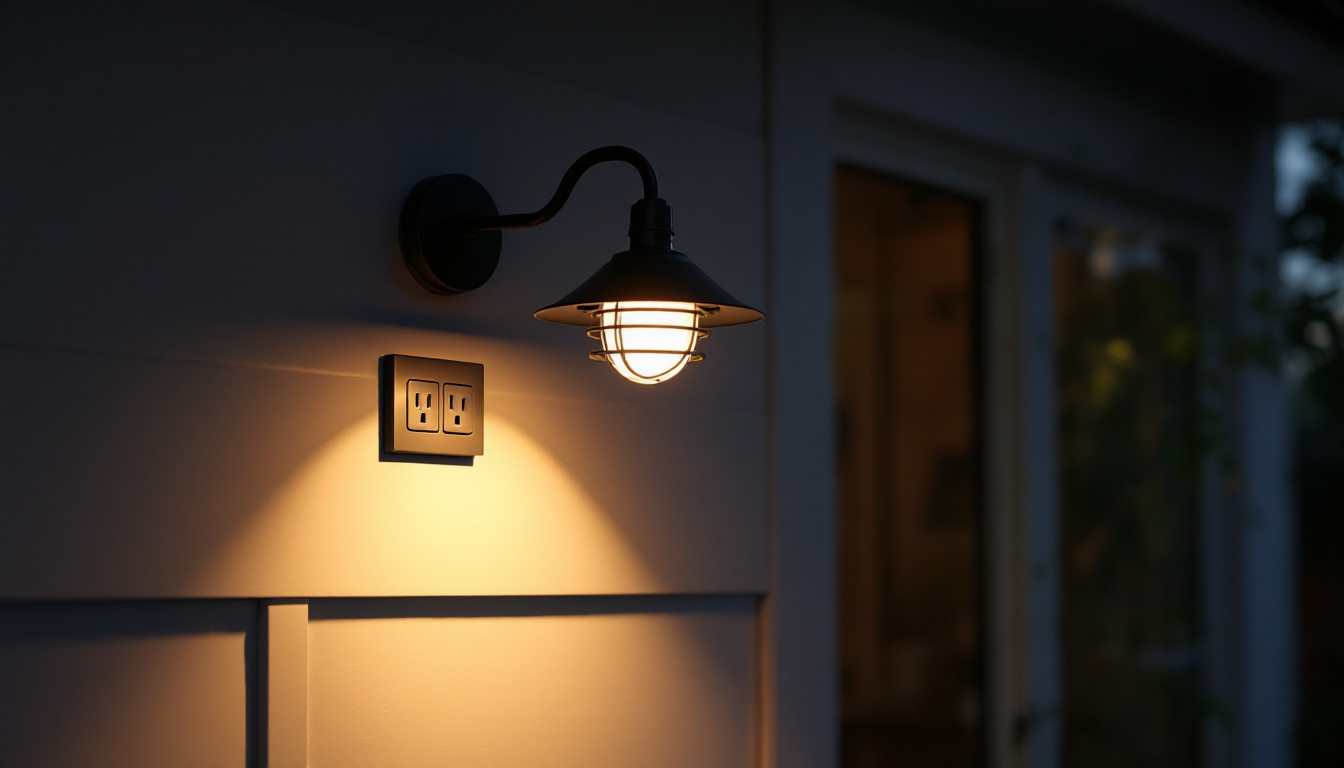
In the ever-evolving world of lighting solutions, contractors are constantly seeking innovative methods to enhance their offerings. One such advancement is the integration of solar technology into lighting systems. Rohs Light Solar stands at the forefront of this transformation, providing proven methods that not only improve efficiency but also promote sustainability. This article delves into the various strategies and technologies that lighting contractors can adopt to maximize the benefits of solar lighting.
Solar lighting technology harnesses the power of the sun to provide illumination. This method is not only eco-friendly but also cost-effective in the long run. The fundamental components of solar lighting systems include solar panels, batteries, and LED fixtures. By understanding how these components work together, lighting contractors can better serve their clients and optimize installations.
Solar panels are the heart of any solar lighting system. They convert sunlight into electrical energy, which is then stored in batteries for later use. The efficiency of solar panels has significantly improved over the years, allowing for greater energy capture even in less-than-ideal weather conditions. Contractors should consider the wattage and efficiency ratings of solar panels when selecting components for their projects. Furthermore, advancements in technology have led to the development of bifacial solar panels, which can capture sunlight from both sides, maximizing energy production. This innovation is particularly beneficial in urban environments where reflective surfaces can enhance energy capture, making solar lighting systems even more efficient.
Battery storage is crucial in solar lighting systems, as it determines how long the lights can operate after sunset. Lithium-ion batteries have become the preferred choice due to their longevity and efficiency. However, contractors must also consider factors such as capacity and charge cycles to ensure the system meets the specific needs of the installation site. Additionally, emerging technologies such as flow batteries and sodium-ion batteries are gaining attention for their potential to offer longer life cycles and improved performance in extreme temperatures. As these technologies evolve, they may provide even more reliable options for solar lighting systems, enhancing their viability in various applications.
LED fixtures are the ideal choice for solar lighting systems due to their low energy consumption and long lifespan. Unlike traditional incandescent or fluorescent lights, LEDs emit light more efficiently, allowing solar systems to operate longer on stored energy. Additionally, the versatility of LED designs means that contractors can offer a wide range of aesthetic options to clients. With options ranging from warm white to cool blue light, and even color-changing capabilities, LEDs can be tailored to suit the ambiance of any environment. Moreover, advancements in smart LED technology are paving the way for integrated systems that can adjust brightness based on ambient light levels or even be controlled remotely via smartphone apps, providing both convenience and energy savings for users.
Designing solar lighting solutions requires a thoughtful approach to ensure optimal performance and aesthetics. Contractors must consider various factors, including site conditions, intended use, and local regulations. A well-planned design not only enhances functionality but also adds value to the property.
Before installation, a thorough site assessment is essential. This includes evaluating the amount of sunlight the area receives throughout the day, as well as identifying potential obstacles such as trees or buildings that may cast shadows. Understanding the specific lighting needs of the space—whether for security, ambiance, or functionality—will guide the selection of appropriate fixtures and configurations. Additionally, it is beneficial to analyze the seasonal variations in sunlight exposure, as this can affect the performance of solar lights throughout the year. By taking these factors into account, contractors can optimize the placement and efficiency of the solar lighting system.
Clients often seek solar lighting solutions that complement their property’s design. Offering customizable options allows contractors to cater to diverse tastes and requirements. From color temperature to fixture styles, providing a range of choices can enhance customer satisfaction and set a contractor apart in a competitive market. Moreover, integrating smart technology into solar lighting solutions can provide added convenience and functionality. Features such as motion sensors, dimming capabilities, and remote control options can elevate the user experience while promoting energy efficiency. This level of customization not only meets the aesthetic desires of clients but also aligns with modern technological advancements.
Every region has its own set of regulations regarding outdoor lighting. Contractors must familiarize themselves with local codes to ensure compliance. This includes understanding restrictions on light pollution, fixture height, and placement. By adhering to these guidelines, contractors can avoid potential fines and ensure a smoother installation process. Furthermore, staying informed about any upcoming changes in legislation is crucial, as municipalities may update their regulations to promote sustainability or address community concerns. Engaging with local authorities and participating in community discussions can also provide valuable insights into best practices and emerging trends in solar lighting design.
Proper installation is critical to the performance and longevity of solar lighting systems. Lighting contractors must adhere to best practices to ensure that each system operates efficiently and effectively. This section outlines key considerations during the installation process.
The placement of solar fixtures can greatly impact their performance. Contractors should position lights where they receive maximum sunlight exposure, typically south-facing locations. Additionally, the height and angle of the fixtures should be adjusted to provide optimal illumination while minimizing glare and light pollution.
While many solar lighting systems are wireless, some installations may require wiring for additional features such as sensors or remote controls. Contractors should ensure that all connections are secure and weatherproof to prevent damage from the elements. Using high-quality materials will enhance the durability and reliability of the system.
After installation, thorough testing is essential to ensure that all components function correctly. This includes checking the solar panel’s charging capabilities, battery performance, and the brightness of the LED fixtures. Conducting quality assurance checks helps identify any issues early on, allowing for timely adjustments and ensuring customer satisfaction.
Regular maintenance is vital for the longevity of solar lighting systems. Contractors should educate clients on basic maintenance tasks and offer services to ensure optimal performance over time. Understanding common issues and their solutions can also help contractors provide better support to their customers.
Clients should be advised to perform routine maintenance tasks, such as cleaning the solar panels and checking for debris that may obstruct sunlight. Additionally, inspecting the fixtures for any signs of wear or damage can prevent larger issues down the line. Establishing a maintenance schedule can help keep systems running efficiently.
Despite their reliability, solar lighting systems can encounter issues. Common problems include insufficient charging due to shading, battery failure, or malfunctioning LEDs. Contractors should be prepared to troubleshoot these issues, providing clients with solutions that may involve replacing components or adjusting the system’s configuration.
As technology advances, contractors should consider recommending upgrades to existing solar lighting systems. This may include replacing older batteries with newer, more efficient models or upgrading to advanced LED fixtures with better performance characteristics. Keeping systems up to date ensures that clients benefit from the latest advancements in solar technology.
As the demand for sustainable solutions grows, lighting contractors must effectively market their solar lighting services. Understanding the unique selling points of solar technology can help contractors attract more clients and differentiate themselves in the marketplace.
One of the most compelling selling points of solar lighting is its positive impact on the environment. By emphasizing the reduction in carbon footprint and reliance on fossil fuels, contractors can appeal to environmentally conscious clients. Providing statistics on energy savings and environmental benefits can further strengthen the case for solar lighting.
While the initial investment in solar lighting may be higher than traditional options, the long-term savings can be significant. Contractors should communicate the potential for reduced energy bills and minimal maintenance costs, demonstrating the value of solar lighting as a cost-effective solution. Offering financing options can also make solar installations more accessible to clients.
Case studies and testimonials from satisfied clients can be powerful tools in marketing solar lighting solutions. By showcasing successful projects, contractors can build credibility and trust with potential customers. High-quality photos and detailed descriptions of past installations can help illustrate the benefits and versatility of solar lighting.
The solar lighting industry is continually evolving, with new technologies and trends emerging regularly. Staying informed about these developments can help contractors remain competitive and provide cutting-edge solutions to their clients.
As smart technology becomes more prevalent, the integration of smart features into solar lighting systems is on the rise. This includes remote controls, motion sensors, and smart scheduling options that enhance convenience and efficiency. Contractors should explore these technologies to offer clients the latest advancements in solar lighting.
Advancements in battery technology continue to enhance the performance of solar lighting systems. Newer batteries are becoming more efficient, with faster charging times and longer lifespans. Contractors should stay abreast of these developments to provide clients with the best possible solutions.
As the push for renewable energy increases, solar lighting systems may soon be integrated with other renewable sources, such as wind or hydroelectric power. This hybrid approach can offer even greater energy efficiency and reliability, making it an exciting area for contractors to explore.
Rohs Light Solar provides a wealth of proven methods that lighting contractors can leverage to enhance their offerings. By understanding solar technology, designing effective solutions, adhering to best practices during installation, and staying informed about industry trends, contractors can position themselves as leaders in the solar lighting market. Embracing these advancements not only benefits clients but also contributes to a more sustainable future.
Ready to elevate your lighting projects with the efficiency and sustainability of solar technology? At LumenWholesale, we provide lighting contractors like you with the highest quality, spec-grade solar lighting products at unbeatable wholesale prices. Say goodbye to local distributor markups and hello to superior lighting solutions that meet the strictest industry standards. With our hassle-free bulk buying and free shipping, you can trust that you’re getting premium lighting at the best value — without any hidden fees. Make the smart choice for your next project and experience the perfect blend of quality, affordability, and convenience. Visit LumenWholesale today and discover how we can help you shine brighter.

Discover how LED plant lights revolutionize energy efficiency in horticulture.

Discover the top photocell sensors for outdoor lighting and delve into the science that makes them essential for lighting contractors.

Discover the essential role of porch lights with outlets in modern lighting projects.

Discover how to boost profitability in outdoor lighting installations with strategic insights and innovative techniques.